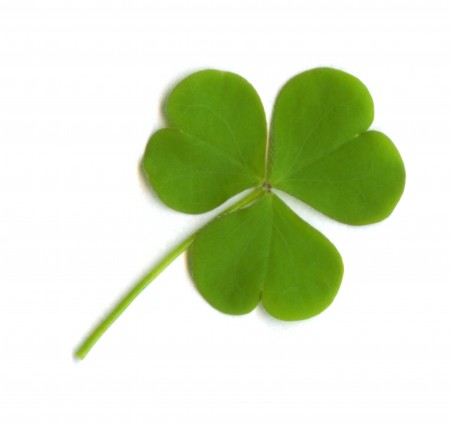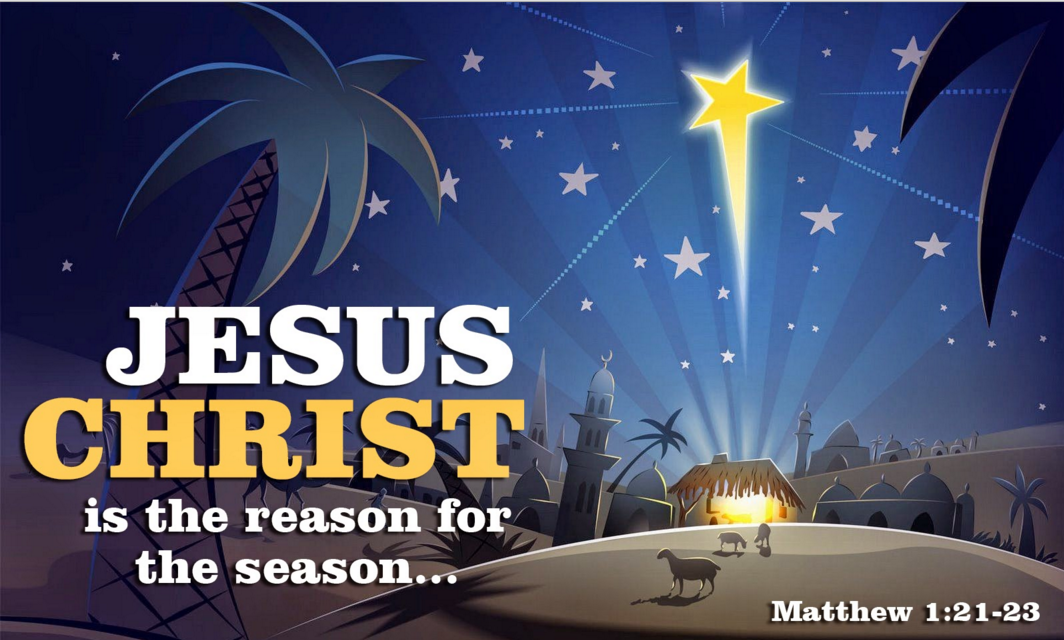The Real Meaning Behind St. Patrick’s Day
The Real Meaning Behind “ St. Patrick’s Day”
St. Patrick, the patron saint of Ireland, is one of Christianity’s most widely known figures. The Irish have observed this day as a religious holiday for over a thousand years.
St. Patrick was born as Maewyn Succat during the fourth century in Britain. His parents were very wealthy. His father was a Christian deacon for tax incentive reasons. When Maewyn was about sixteen his family and their home were attacked by Irish raiders. Maewyn was kidnapped and forced to become a slave working as a shepherd in County Mayo in Ireland.
It was during his time as a slave that he turned to God. In a dream, an angel told him to become a missionary and spread Christianity back in Ireland. He then spent the next fifteen years training to become a priest and chose Patrick as his Christian Saint name.
In 432 AD, Patrick went back to Ireland as a priest. He tried to convert the Irish people from a Pagan polytheistic religion that worshipped the sun and the moon to Christianity. One of his teaching methods included using the shamrock to explain the Holy Trinity (the father, the son, and the Holy Spirit) to the Irish people.
After nearly thirty years of teaching and spreading God’s word he died on March 17th 461 AD. Soon after his death the country of Ireland decided to remember his death with a day of his own and thus St. Patrick’s Day was born.
Originally the color associated with St. Patrick was blue not green. However, over the years the color green and its association with St. Patrick’s Day grew. Green ribbons and shamrocks were worn in celebration of St Patrick’s Day as early as the 17th century.
Today March 17th has always been celebrated with hoards of people sporting shiny green beads and “kiss me” I’m Irish buttons, giving people an excuse to go out and get drunk in public. Knowing the real meaning behind this amazing day gives us a clearer perspective on this great man of God who had such a deep love both for Ireland and for the Christian faith.

















